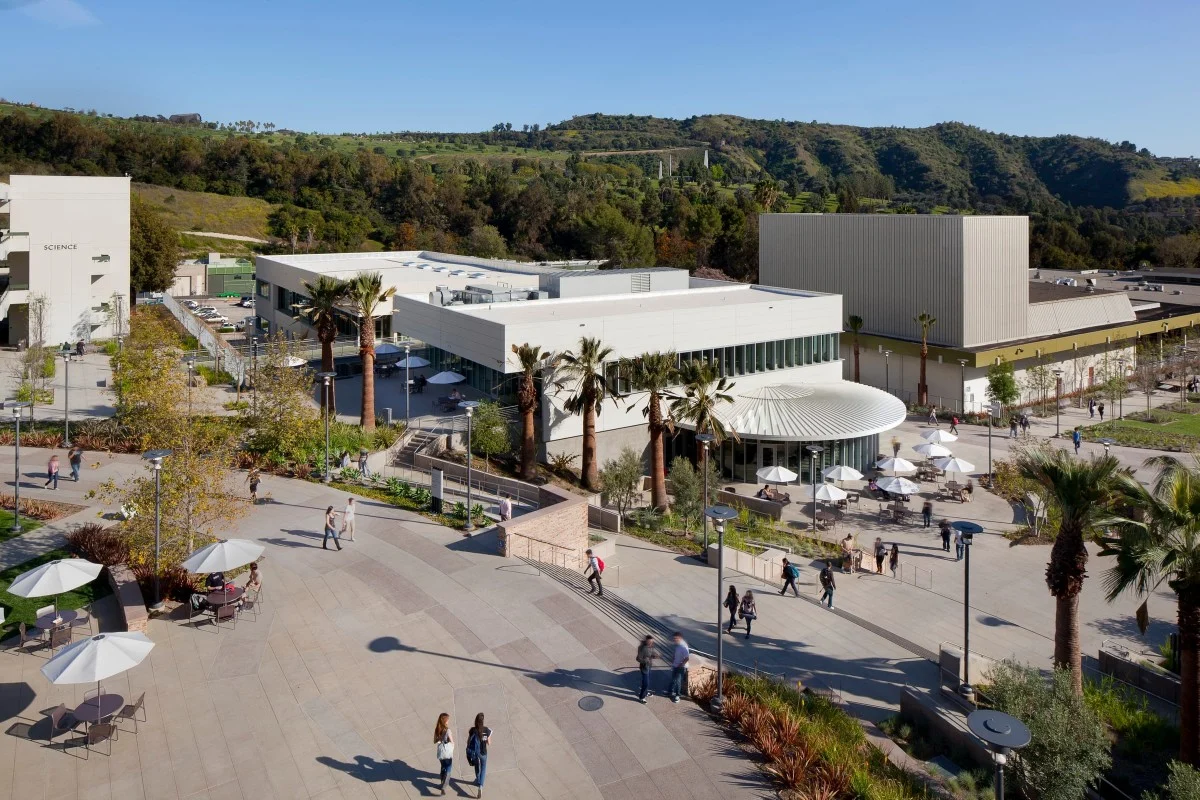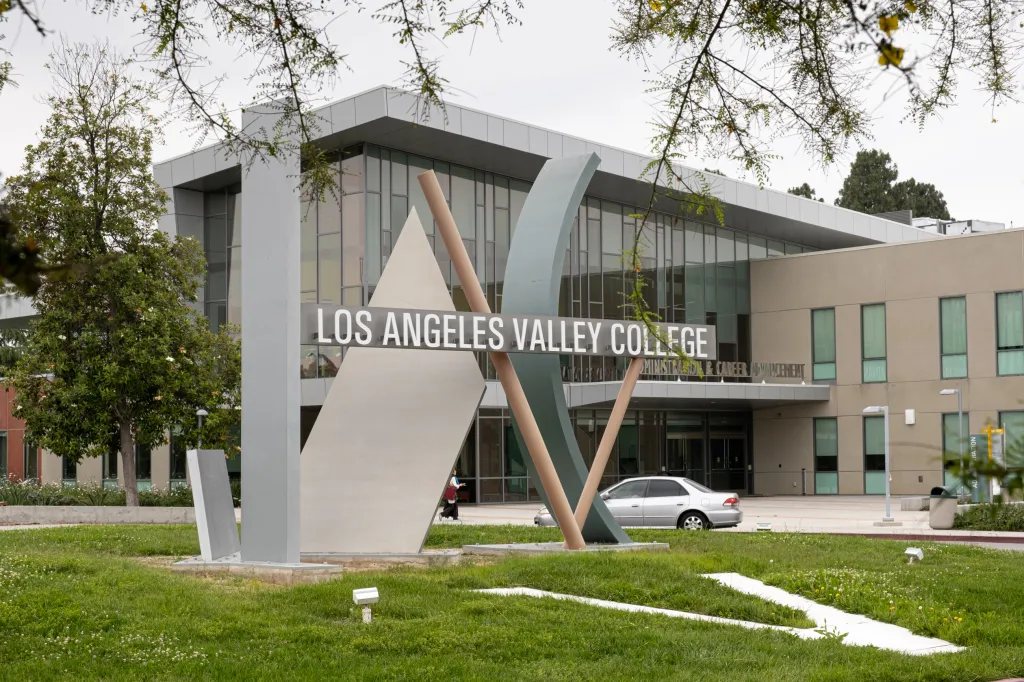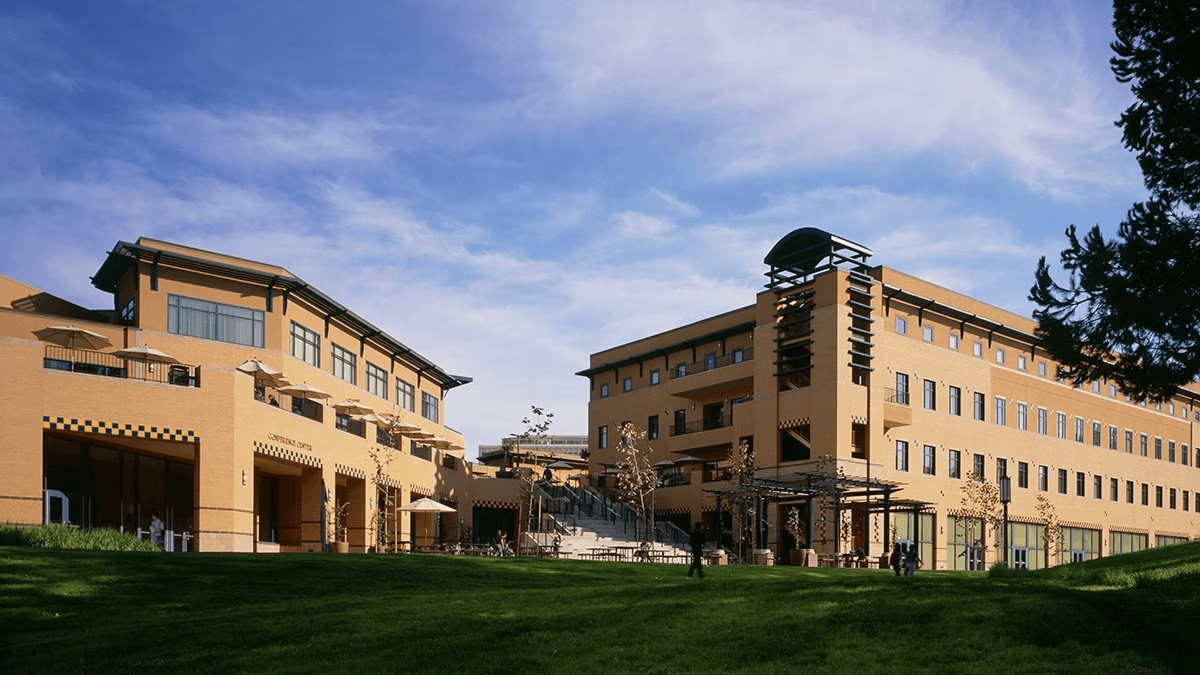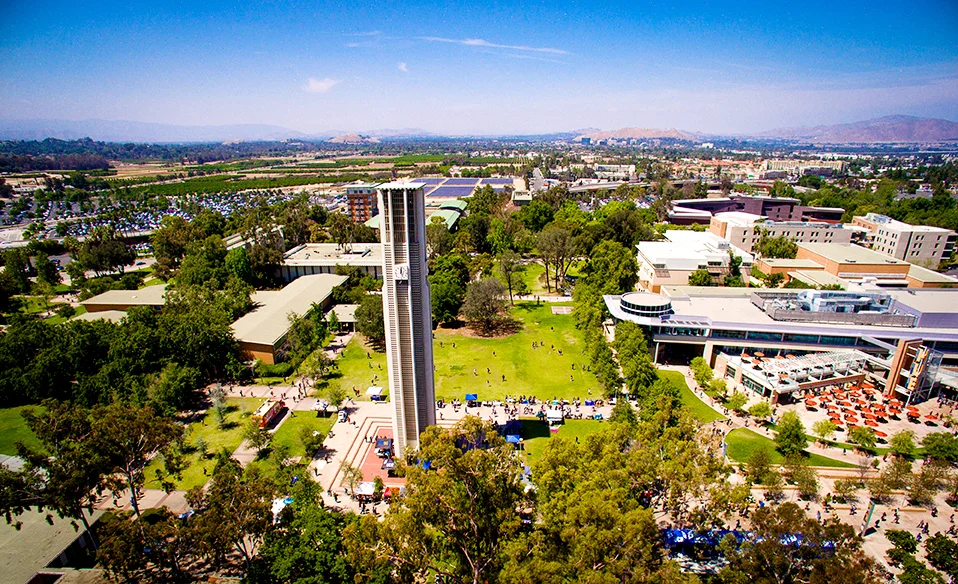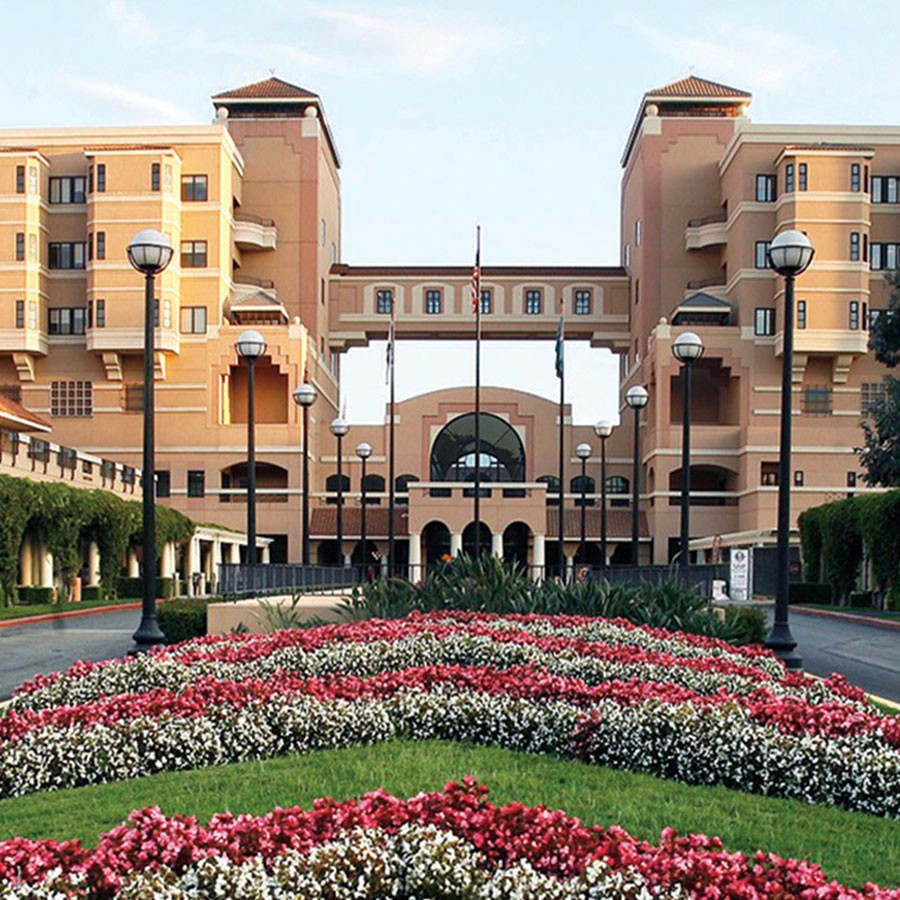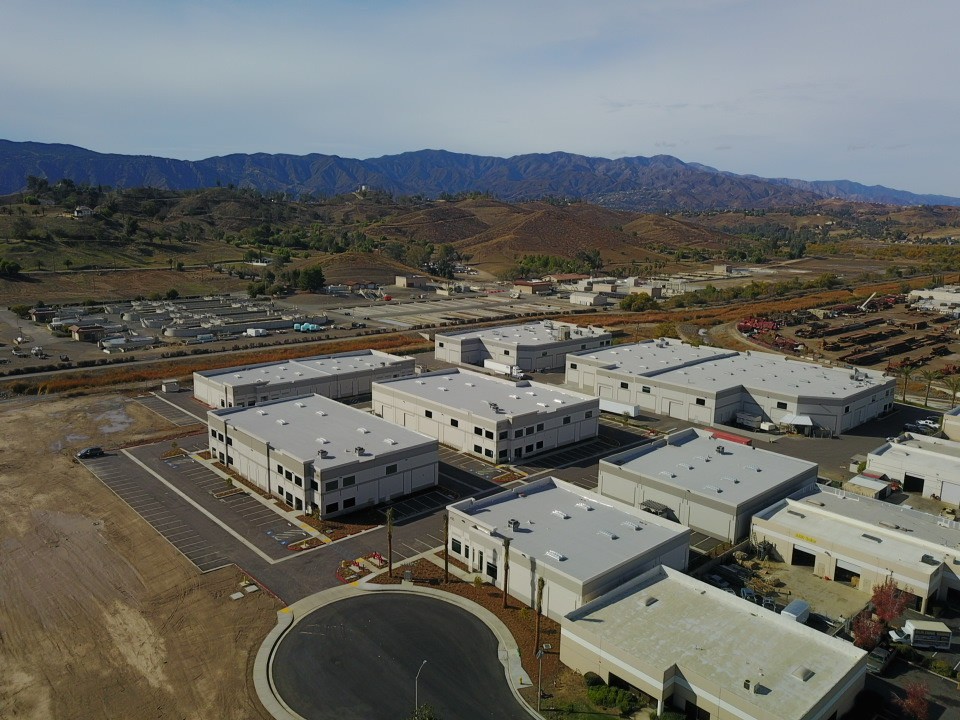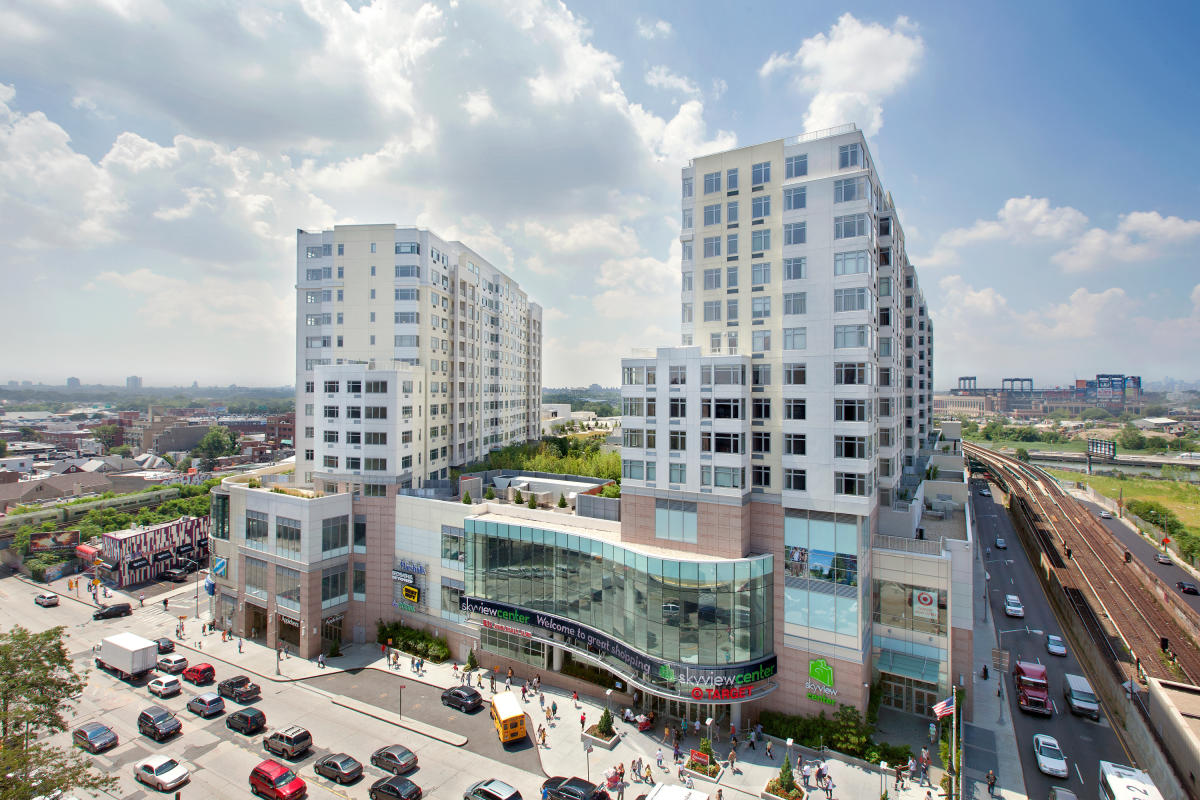
California has officially overtaken Japan to become the world’s fourth-largest economy, according to new data released by the International Monetary Fund and the U.S. Bureau of Economic Analysis. With a nominal GDP of $4.1 trillion, the Golden State now trails only the United States, China, and Germany on the global economic stage.
Governor Gavin Newsom celebrated the milestone, citing California’s dynamic industries—from tech and agriculture to entertainment and manufacturing—as the foundation for its global rise. “California isn’t just keeping pace with the world—we’re setting the pace,” Newsom said in a statement.
A Closer Look at the Numbers
California’s nominal GDP: $4.1 trillion
Japan’s nominal GDP: $4.02 trillion
California’s 2024 growth rate: 6%, outpacing the U.S. (5.3%), Germany (2.9%), and China (2.6%)
State contribution to U.S. GDP: Approximately 14%
California’s economic strength stems from more than just Silicon Valley. Real estate, finance, professional services, and information industries all play major roles, alongside tourism and agriculture. Venture capital inflows, entrepreneurial activity, and record-breaking tourism spending have bolstered the state's position.
Over the past 25 years, California’s labor market expanded by roughly 30%, adding 4.2 million jobs. During the same period, businesses with employees grew by more than 72%.
Trade Tensions Threaten Growth
Despite these achievements, clouds are gathering on the horizon. Ongoing trade tensions, particularly new tariffs enacted by the federal administration, could threaten California’s economic momentum.
Southern California’s nearly $300-billion trade and logistics sector is especially vulnerable. According to a Los Angeles County Economic Development Corp. report, tariff impacts could jeopardize critical industries and supply chains. California’s $675 billion in two-way trade makes it particularly sensitive to global economic shifts.
Governor Newsom recently filed a lawsuit challenging the federal government’s authority to impose tariffs without Congressional support, warning that such policies could be a “wrecking ball” to California’s global reputation and economic future.
Challenges Beyond Trade
California’s success also masks internal challenges. Income disparities between regions like the Bay Area and the Central Valley have widened significantly. Chronic issues—including housing unaffordability, infrastructure bottlenecks, and a loss of private-sector jobs—could dampen future growth if left unaddressed.
Since 2022, the state has lost a net 154,000 private-sector jobs while public-sector employment grew by 361,000. Experts warn that sustainable growth will depend on revitalizing private enterprise, expanding housing, and investing in critical infrastructure.
What This Means for Construction and Development
As California cements its place among the world’s largest economies, the need for new housing, infrastructure, and commercial development will only grow. The construction industry has a pivotal role to play in sustaining this momentum. By embracing innovation, supporting pro-growth policies, and building resilient, future-ready communities, we can help ensure California’s economic success story continues for decades to come.










